- Xinjiang -
China's largest province, Xinjiang is the homeland of the Muslim Uyghurs and a fast-changing region where ancient and modern grind up against each other in surprising ways. High-speed railways cross the Martian landscapes linking cities in hours rather than days, and the regional capital Urumuqi is a forest of high-rise apartments and glass skyscrapers; while in parts of the Silk Road oases of Kashgar, Hotan and Turpan, life goes as it has for centuries, based around the mosque, the tea house and the bazaar.
Xinjiang is increasingly attracting visitors for its extraordinary natural beauty and fascinating Central Asian history and culture.
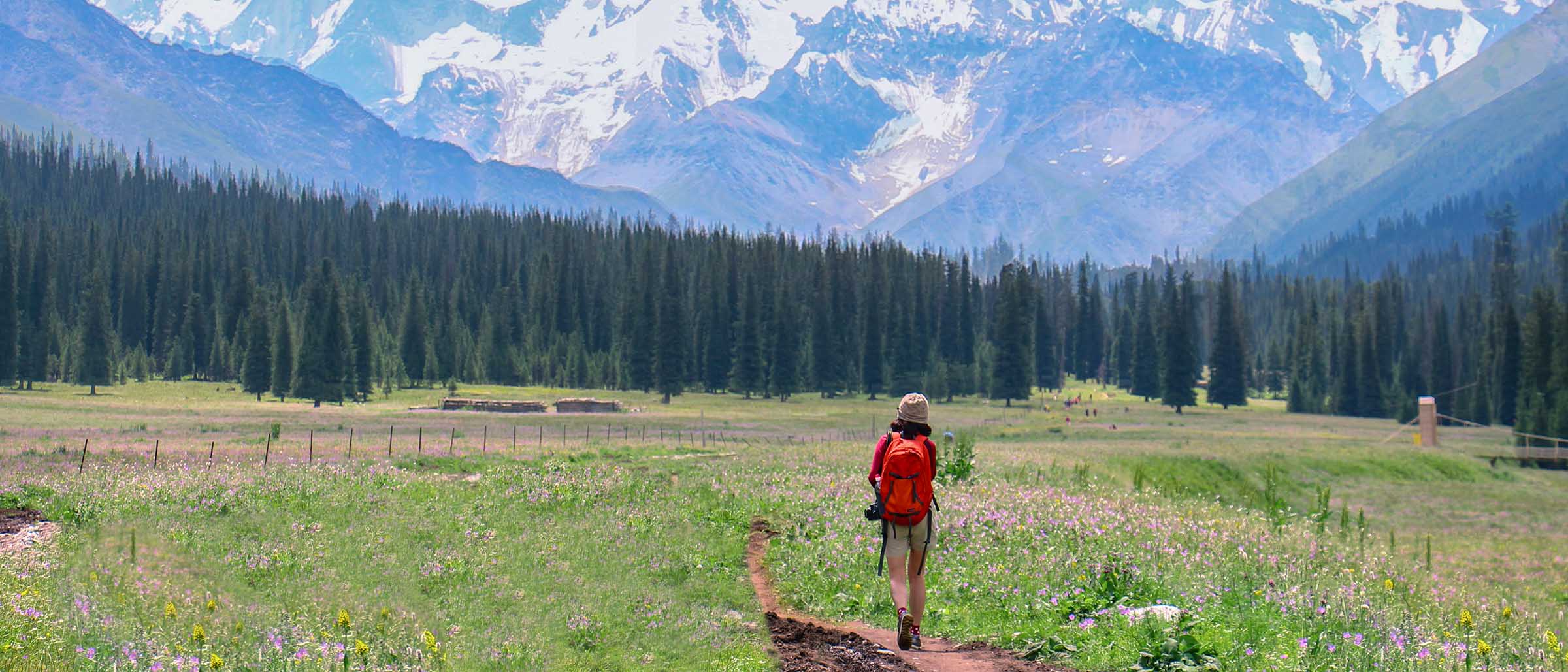
Basic Information
Chinese Name: 新疆( Xin Jiang )
Administration Type: Autonomous Region
Provincial Capital: Urumqi
Location: North western of China, bordered by eight countries including the former Soviet Central Asian republics, Mongolia, Afghanistan, Pakistan and India.
Area: Xinjiang spans over 1.6 million km2 (640,000 square miles)
Population: The 2010 census shows Xinjiang as having 21.82 million people.
Major Ethnic Group: Uyghur, Han, Kazakhs, Tibetans, Hui, Tajiks.
Famous Cities: Urumuqi, Turpan, Kashgar, Altay.
Xinjiang Geography
Xinjiang is the largest political subdivision of China—it accounts for more than one sixth of China's total territory and a quarter of its boundary length. Xinjiang is mostly covered with uninhabitable deserts and dry grasslands, with dotted oases at the foot of Tian Shan, Kunlun Mountains and Altai Mountains. The inhabitable oasis accounts for 9.7% of Xinjiang's total area by 2015.
Xinjiang is young geologically. Collision of the Indian and the Eurasian plates formed the Tian Shan, Kunlun Shan, and Pamir mountain ranges. Xinjiang is a very active earthquake zone. Older geological formations are located in the far north, where the Junggar Block is geologically part of Kazakhstan, and in the east, where is part of the North China Craton.
Xinjiang Climate
A semiarid or desert climate prevails in Xinjiang. The entire region has great seasonal differences in temperature with cold winters. The Turpan Depression recorded the hottest temperatures nationwide in summer,with air temperatures easily exceeding 40 °C (104 °F). Winter temperatures regularly fall below −20 °C (−4 °F) in the far north and highest mountain elevations.
Continuous permafrost is typically found in the Tian Shan starting at the elevation of about 3,500–3,700 m above sea level. Discontinuous alpine permafrost usually occurs down to 2,700–3,300 m, but in certain locations, due to the peculiarity of the aspect and the microclimate, it can be found at elevations as low as 2,000 m.
Xinjiang Religion
The major religions in Xinjiang are Islam among the Uyghurs and the Hui Chinese minority, while many of the Han Chinese practice Chinese folk religions, Taoism, Confucianism and Buddhism. According to a demographic analysis of the year 2010, Muslims form 58% of the province's population.Christianity in Xinjiang is the religion of 1% of the population according to the Chinese General Social Survey of 2009.
A majority of the Uyghur Muslims adhere to Sunni Islam of the Hanafi school of jurisprudence or madhab. A minority of Shias, almost exclusively of the Nizari Ismaili (Seveners) rites are located in the higher mountains of Pamir and Tian Shan. In the western mountains (the Pamirs), almost the entire population of Pamiris, (Sarikolis and Wakhis) are Nizari Ismaili Shia. In the north, in the Tian Shan, the Kyrgyz and Kazakhs are Sunni.
Afaq Khoja Mausoleum and Id Kah Mosque in Kashgar are most important Islamic Xinjiang sites. Emin Minaret in Turfan is a key Islamic site. Bezeklik Thousand Buddha Caves is a noticeable Buddhist site.
Xinjiang Cuisine
As the largest autonomous region in China, Xinjiang boasts substantial contingencies of different ethnic groups and is well-known for its Central Asian flair. Its cities are dominated by the Uyghur ethnic minority, as well as several other Muslim groups such as the Hui and Dongxiang people, meaning the food is predominantly halal and there is a marked lack of pork compared to other parts of China. In many ways, the cuisine in Xinjiang differs from the rest of the country and is distinctly non-Chinese. Roasted mutton, thickly fragrant spices, and sugary sweet desserts take centre stage when it comes to its signature dishes.
Since many of the cities within Xinjiang were once oasis towns along the Silk Road, they felt the influence of other ethnic groups most profoundly and have cherry-picked features of their cuisine, incorporating techniques and flavours from the Tibetans, Mongolians, Persians, Turkish, and numerous other nationalities. These have all come together to form a stunning mosaic of Chinese, Central Asian, and Middle Eastern qualities. Liberal use of seasonings like cumin, chilli powder, cinnamon, garlic, and saffron sets Xinjiang cuisine apart from other styles throughout China.
Xinjiang cuisine reflects the cooking styles of many ethnic groups of the Xinjiang region, and refers particularly to Uyghur cuisine. Signature ingredients include roasted mutton, kebabs, roasted fish, and rice.Because of the Muslim population, the food is predominantly halal.
Folk Festivals
Corban Festival (Muslim People)
Corban is an important festival for Muslims. Corban Festival is also called Zaishengjie while the Hui people call it Zhongxiaojie (festival of faith and obedience). It comes 70 days after the Feast of the Fast Breaking, or the tenth day of the second month in the Islamic calendar. The festival bears the meaning that disciples will devote everything to show their obedience and faith to Allah.
Grape Festival (Uygur People)
The Grape Festival is not just an ode to Turpan`s most important agricultural product, but a chance to celebrate the local way of life. Expect plenty of cultural treats in this remote corner of Xinjiang China. This oasis town in Eastern Xinjiang is picturesquely covered in vine trellises, shading the friendly locals from some of the fiercest heat in China. Almost every household has a hand in the grape business and the markets are full of sweet dried raisins. Its a relaxing place where donkey carts still outnumber cars, but it livens up in April each year.
Eid ul-Fitr (Muslim People)
Eid ul-Fitr often abbreviated to Eid, is a three-day Muslim holiday that marks the end of Ramadan, the Islamic holy month of fasting (sawm). The holiday celebrates the conclusion of the thirty days of dawn-to-sunset fasting during the entire month of Ramadan. The first day of Eid, therefore, falls on the first day of the month Shawwal.
Nowruz Festival
Nowruz Festival is celebrated as the traditional New Year for Uyghurs, Kazaks, Kirgiz, and Uzbeks in China’s Xinjiang region. It is celebrated around March 21st, which is the first day of spring, and the beginning of the year on the Iranian calendar. This festival is celebrated in many countries like Iran, Afghanistan, Kurdish regions of Iraq, Turkey and central Asian countries. It marks the beginning of the planting season. There are several traditional activities that the people take part in. In one activity, the head of the family waves burning pine and fir branches over the heads of the family. There is a traditional Nowruz porridge, “Harach” that is made from many ingredients that is served at lunch. There are many different traditional performances and celebrations that include singing, dancing, wrestling, and acrobatics.
Ili Kazakh Prefecture
Ili is an autonomous prefecture for Kazak people in Xinjiang Uyghur Autonomous Region, China, one of 5 autonomous prefectures in Xinjiang. Yining City is its capital. It is bordered by Mongolia, Russian Federation and Republic of Kazakhstan on the northeast to southwest, with a boundary line of 2,019 kilometers. Including Khorgas, Bakhty and Jeminay, there are 9 ports of entry at the national level. With the unique location advantage, Ili has been an important commercial hub and international channel of opening up to the west.
With Yining as its capital city, Ili Kazakh Autonomous Prefecture is administratively divided into three parts -- Altay Prefecture and Tacheng Prefecture, together with a direct-administered region that includes Yining City, 2 other county-level cities, 7 counties, and 1 autonomous county.
Ili has a population of 4,408,000 including 47 minority groups, 25.5% of which are Kazakh, 45.2% from Han nationality, 15.9% Uighurs and the rest are from Hui, Mongol and Xibe nationalities.
Ili is famed as "Jiangnan beyond the Great Wall", the "Flower City" and the "Wet Island in Central Asia". It is a vast territory with an abundant of resources. It is covered by 30 million mu of green grass making it a natural meadow.
The prefecture enjoys a cool, temperate, semi-arid, continental climate. Owing to the vast expanse of land, there are also microclimate features in different regions. Generally, summers here are short and the winters, long. The temperature varies greatly between day and night. The temperature in spring rises rapidly but unstably, while the autumn temperatures drop rapidly. Summer and autumn are the best time. The pastures are verdant. Melons and fruits are ripe.

Ili plays an essential part in today's Xinjiang as well as in ancient times when it serves as key fort along Silk Road. Thousands upon thousands li of grasslands,the lush forests, green mountains and crystal clear lakes make it an ideal place for tourists to wander and appreciate the beauty of nature. Tourist attractions like Kuntun Grand Canyon, Sayram Lake and the Ili Grassland have caught the eye of thousands of tourists both from in China and around the world.
The Ili area is best known for the Ili River, about 16 kilometers south of Yining city. originating in the Tianshan mountains, the river winds its way westward through the Ili valley, and finally spills into Lake Balkhash in Kazakhstan. The river banks present a magnificent vantage point for viewing the snow-covered mountains and verdant forests. The enormous Ili Bridge is considered the best location for watching and filming the setting sun, and remains a favorite with many photographers.
Ili is home to nearly 20 ethnic groups, and each has its own distinctive lifestyle and folk customs. One good place to experience the unique features of Xinjiang’s diverse ethnic groups are the bazaars in the city of Yining, the political and economic center of the Ili region. The bazaar is where local people trade all kinds of goods. Here you can meet people from various ethnic groups and find all kinds of local handicrafts and delicacies, as well as many exotic articles from countries surrounding Xinjiang.
Main Cities of Ili
Yining
Yining is situated in the far northwest of Xinjiang in the center of the Ili River Plain. Formerly known as Ningyuan, the city was first built in 1762. It was one of nine fortified towns built along the Ili River during the Ming and Qing dynasties.
Today, the city is the capital of Ili Kazakh Autonomous Prefecture.
Yining is a major industrial city in the Ili region. The historical influence of Russian architecture has left the city with some very unusual and impressive landmarks. Russian invaders marched into Yining in the 1870s and stayed for several decades. They left behind many buildings imbued with a Russian style and design.Popular attractions include the offices of a Qing dynasty military official, Shaanxi Mosque, Baidula Mosque, Huolong Cave, the Ili Grasslands and the Ili River.
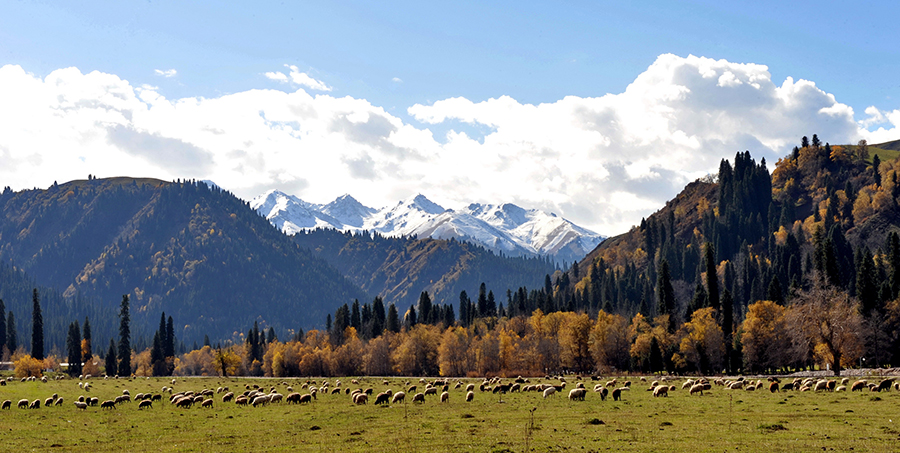
Tekes County
Tekes County is a county within the Xinjiang Uyghur Autonomous Region and is under the administration of the Ili Kazakh Autonomous Prefecture.
The county center is known for being a planned community with a shape of a ba gua. The street layout is like a magical labyrinth.
At the same time, Bagua city has rich folk customs, As one of the well-known tour destinations along the silk road, where you can not only enjoy the beautiful natural landscape but also experience the wisdom of The Book of Changes.Tekes County is also the flourishing place of the Wusun culture. Tekes has grassland stone man, Sairen ancient tomb, ancient cliff painting, and rock wind tunnels.Kalajun grassland is situated in the southeastern side of Tekes County, it is one of the most famous grasslands in Xinjiang. The grassland is backed by snow mountains, here you can see the forests, flowers and other spectacular landscapes.
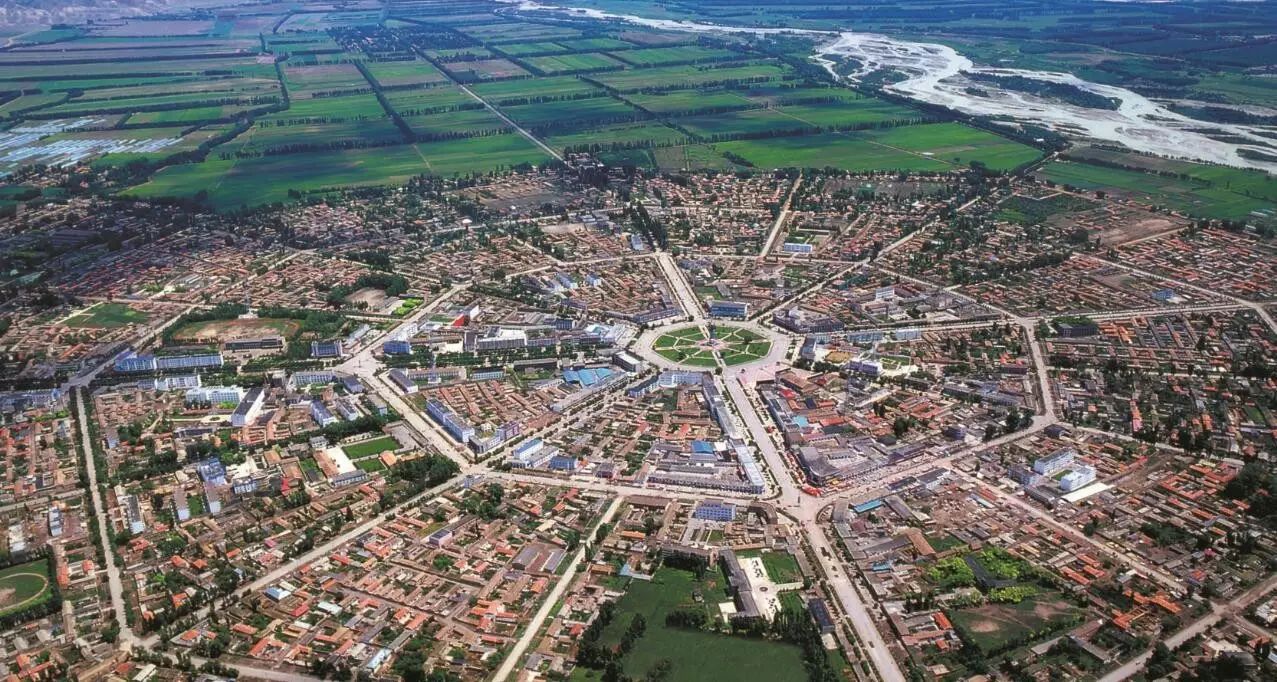
Huocheng County
Huocheng is a major gateway of the Ili Valley and a key passage to Central and West Asia. State roads 312 and 218 pass through the county. Horgos Port, the largest land port in Northwest China, is also located in the county. Huocheng has become a hub for highway and railway transport. Huocheng has 23 rivers in total with plentiful groundwater. It is renowned for its large number of wild fruit trees and ample Chinese herbal medicine resources.
Huocheng is also a key attraction for tourists around the country with a great number of scenic spots, such as Sayram Lake, Guozigou and Fushou Temple. Rolling green pastures, clear creeks and colorful wildflowers contribute to Huocheng’s distinctive tourism.
Huocheng has had a strong trade economy since ancient times. Horgos Port in the county connects with countries in Central Asia and West Europe, providing convenience in domestic and foreign trade. The county is also the biggest trading center for agricultural products and the biggest logistics center in Xinjiang.
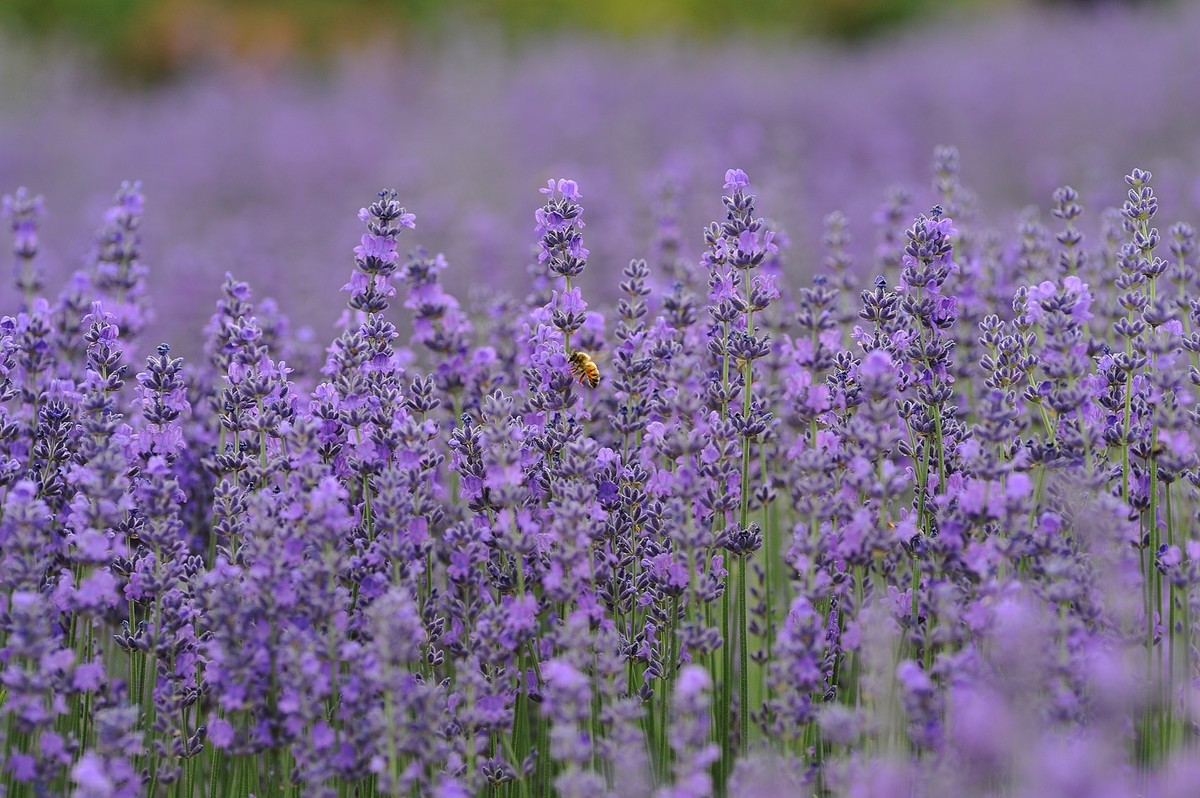
Zhaosu County
Zhaosu County as the official romanized name, also transliterated from Todo Mongolian as Mongolküre County , is a county situated within the Xinjiang Uyghur Autonomous Region and is under the administration of the Ili Kazakh Autonomous Prefecture, bordering Kazakhstan's Almaty Region to the west.
Zhaosu Prairie refers to the grassland area of Zhaosu County, Yili Prefecture, Xinjiang, where the mountains, rivers, and grassland are magnificent. It has always been one of the more famous prairies in China, and is also an important scenic spot for tourists to visit in Yili. Zhaosu prairie is very rich and luxuriant in water and grass, backed by snow mountains.
Around 67,000 hectares of rapeseed flowers are cultivated annually in Zhaosu County ,with a flowering period of about 30 days in July, a splendid view of golden Rapeseed flowers covered the vast fields.
Other than beautiful scenery, there are also cultural relics such as ancient stone men sculptures, the Gedeng Tablet, the Shengyou Temple, etc. It is also the main raising place for the famous Yili Horse. Every year, there is the Tianma Festival, among others, to enrich the experience of visiting.
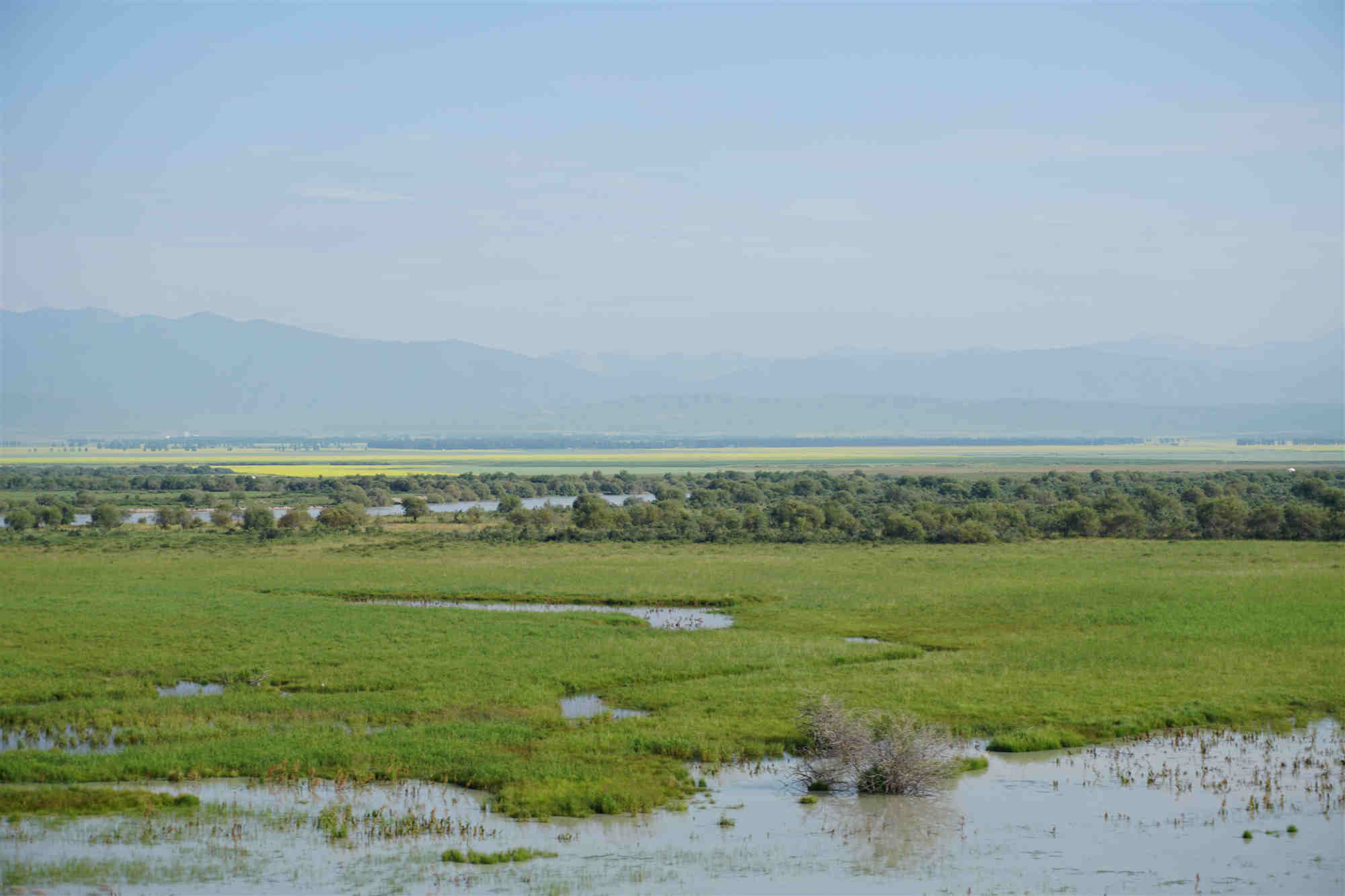
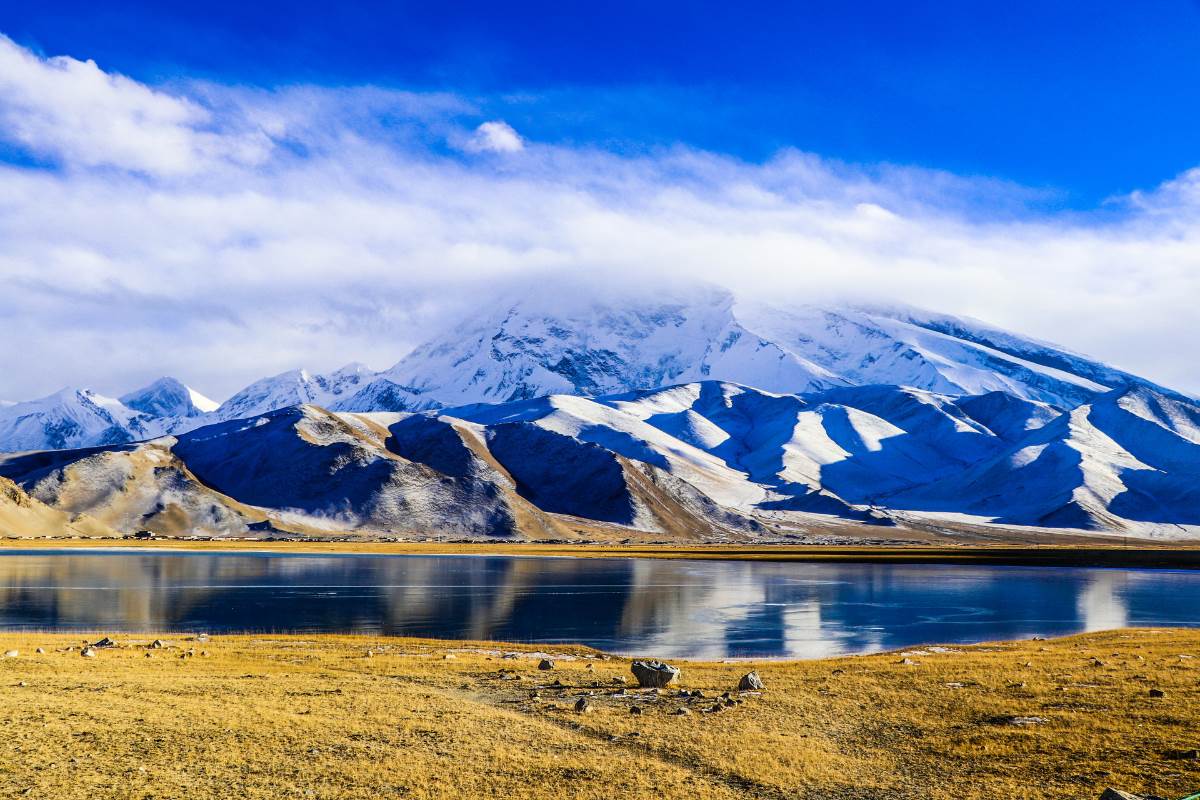
- $2280.00
- 12D11N DAYS
01. A historical relicss of the ancient silk road tour in south Xinjiang, Experience a bazaar that has existed for centuries on the Silk Road, enjoy kebabs in the night market while Uyghur music and dance videos blare from the vendors, explo…
Read More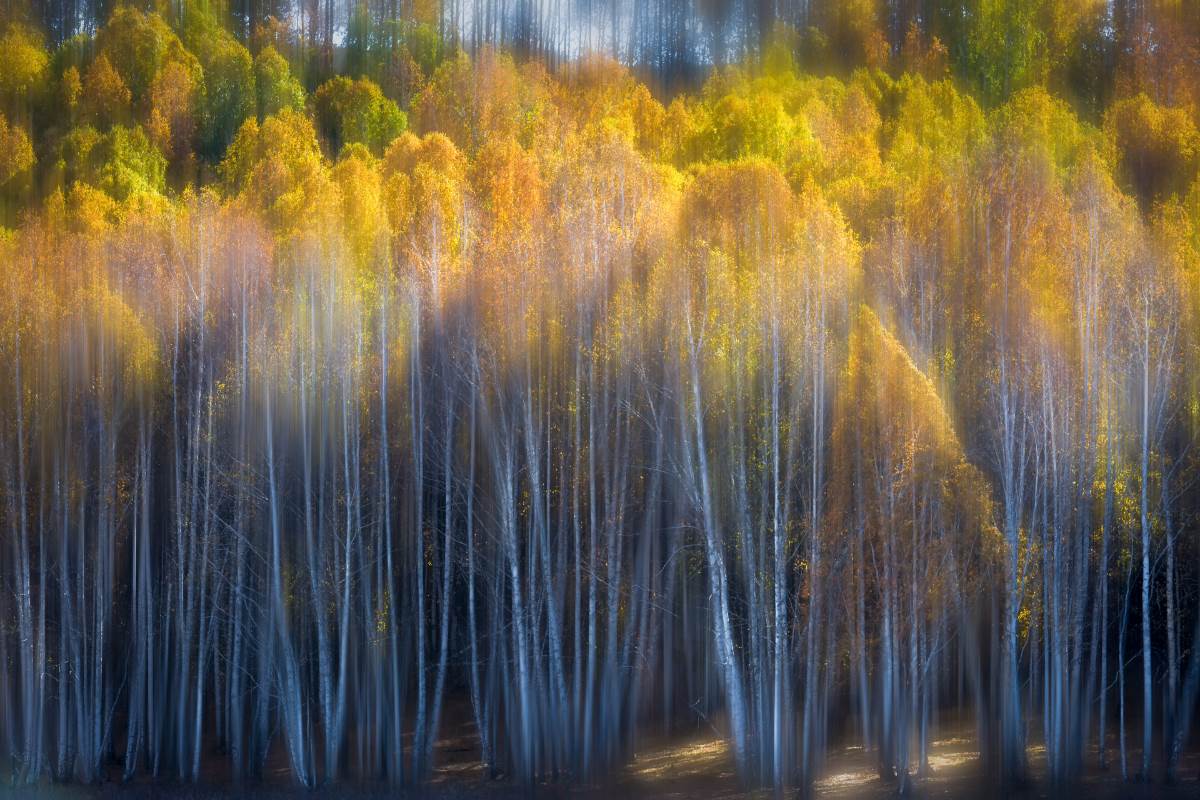
- $1380.00
- 10D9N DAYS
01. Enjoy the beautiful and mysterious Kanas Lake, a heavenly oasis in Xinjiang desert,famous as the “Oriental Switzerland” and the paradise of photographers; The "treasure Light" integrates with the beautiful Kanas Lake view, th…
Read More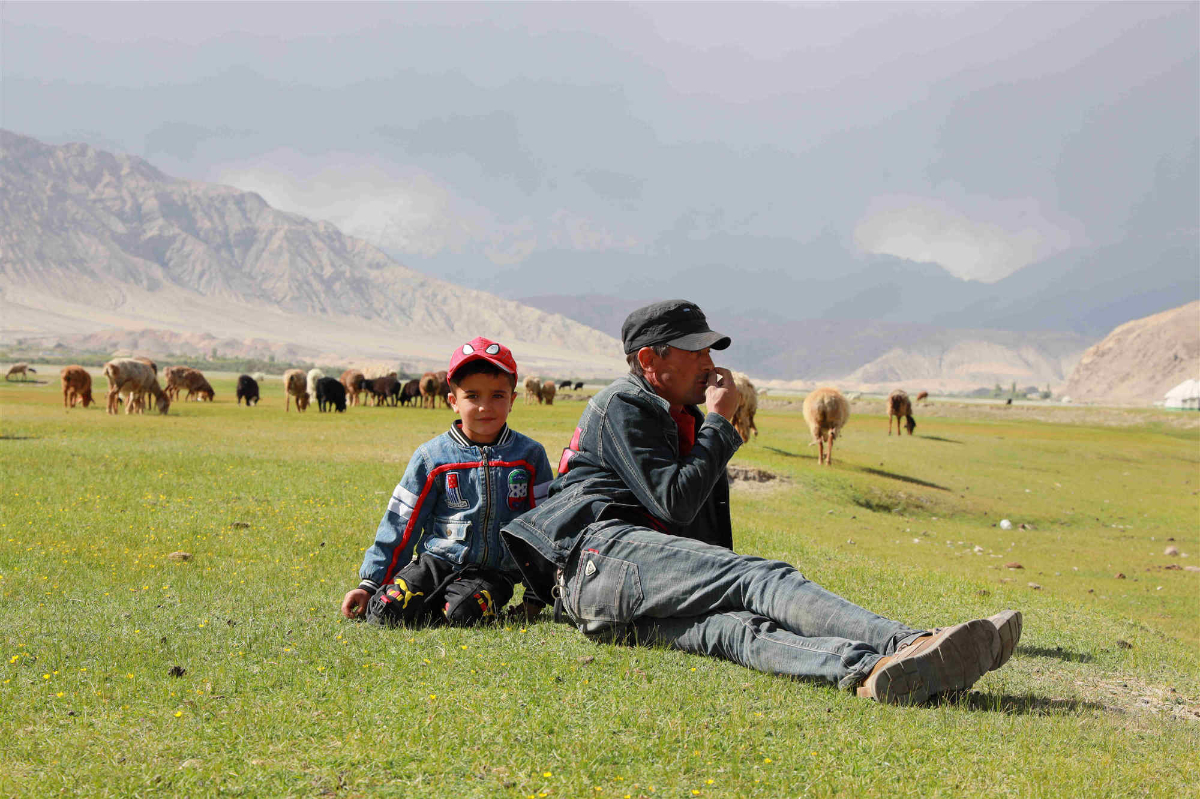
- $USD868.00
- 7D6N DAYS
01. A historical relicss of the ancient silk road tour in south Xinjiang, Exploring the hub connecting China to Central Asian countries, stroll around the Old Town, to explore the special culture of local people in Kashgar. Experience a baza…
Read More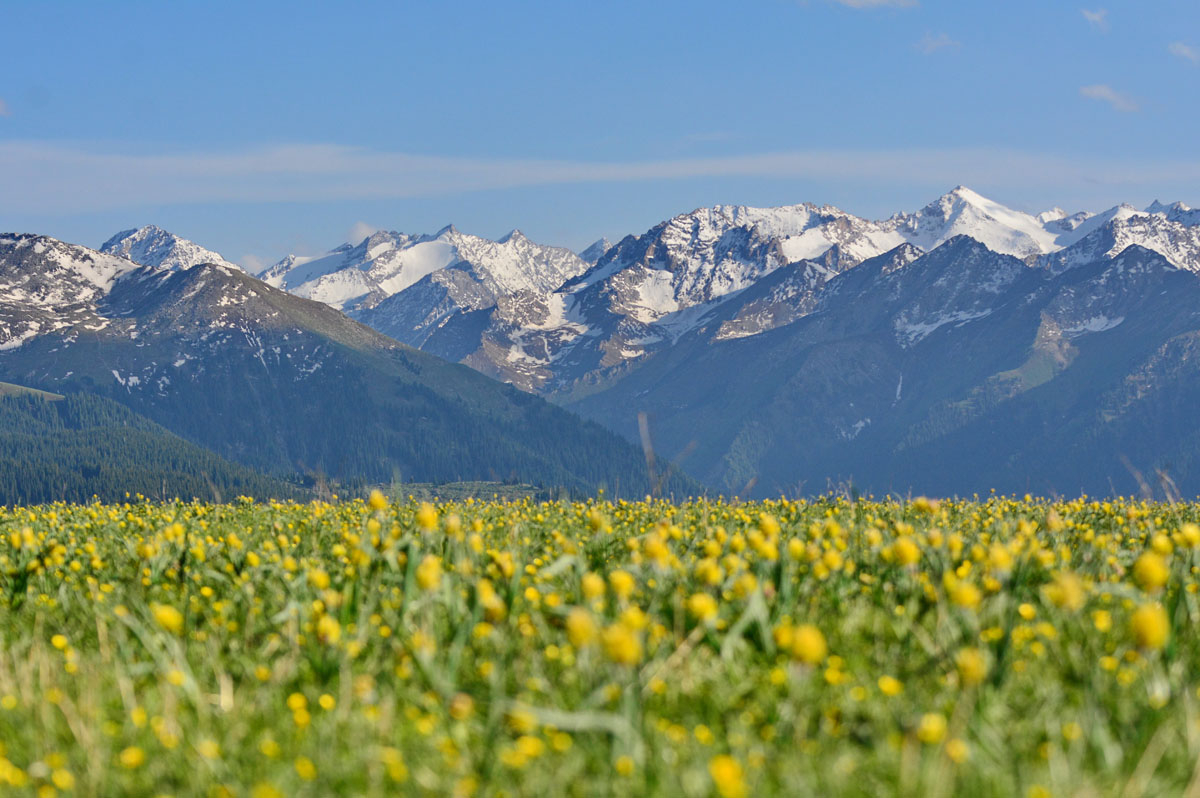
- $1658.00
- 12D11N DAYS
01. A tour travel deep into remote Xinjiang grasslands in the best time, including Sayram lake, Xiata Grand Canyon, Kalajun Pasture, Nalati Grassland, Bayanbuluk, winding river, large flat valley, towering and steep mountain peaks, dense fo…
Read More